Scientists have developed the first artificial muscles made from natural proteins that contract autonomously and consume chemical fuel.
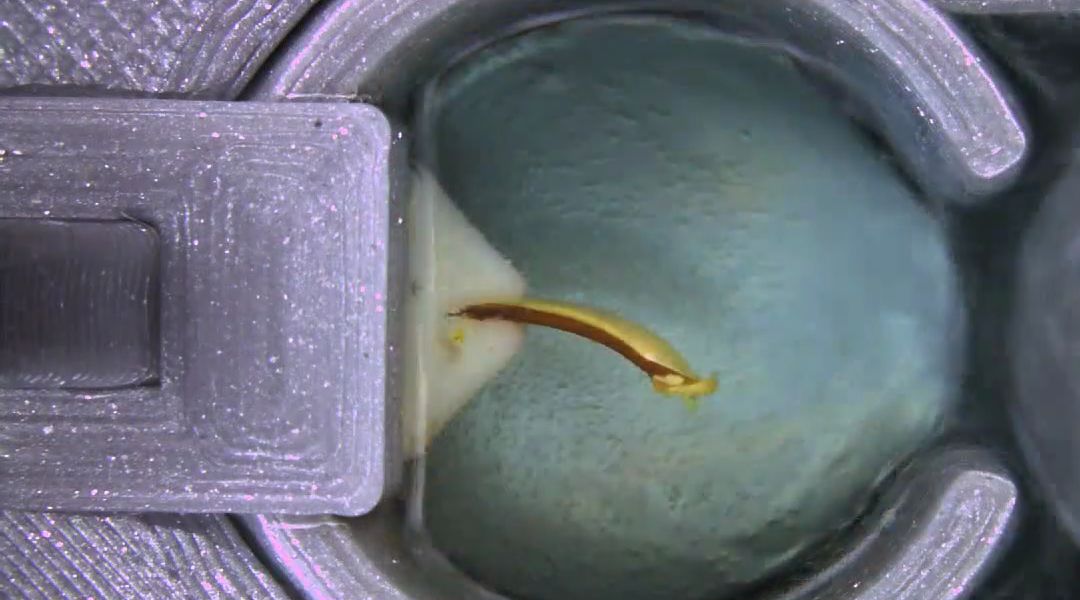

Scientists have developed the first artificial muscles made from natural proteins that contract autonomously and consume chemical fuel.
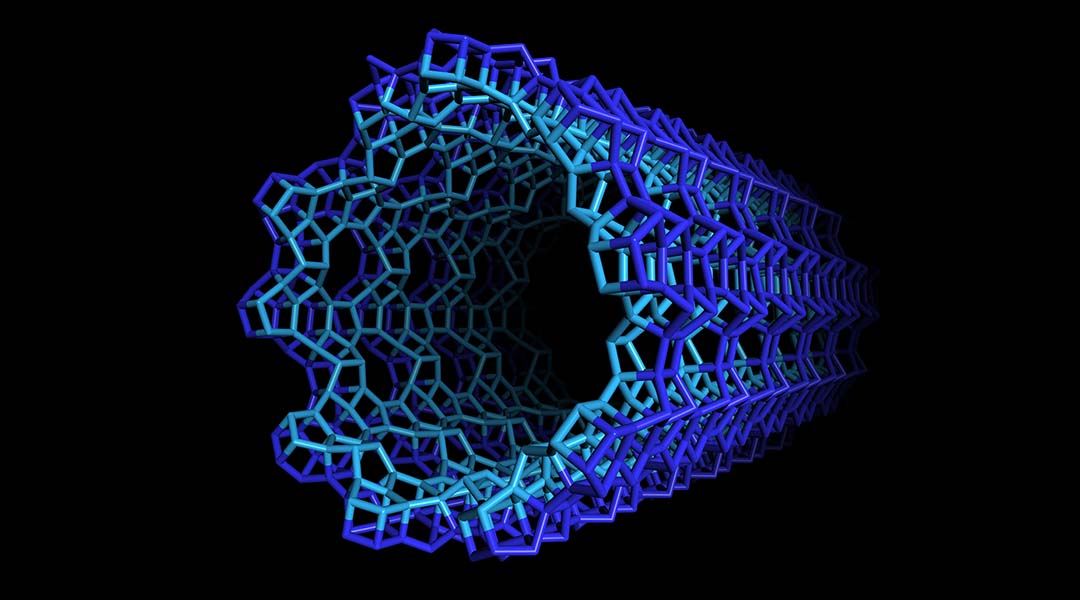
Nanotubes made from sheets of zeolite promise to expand this material’s already extensive range of application.
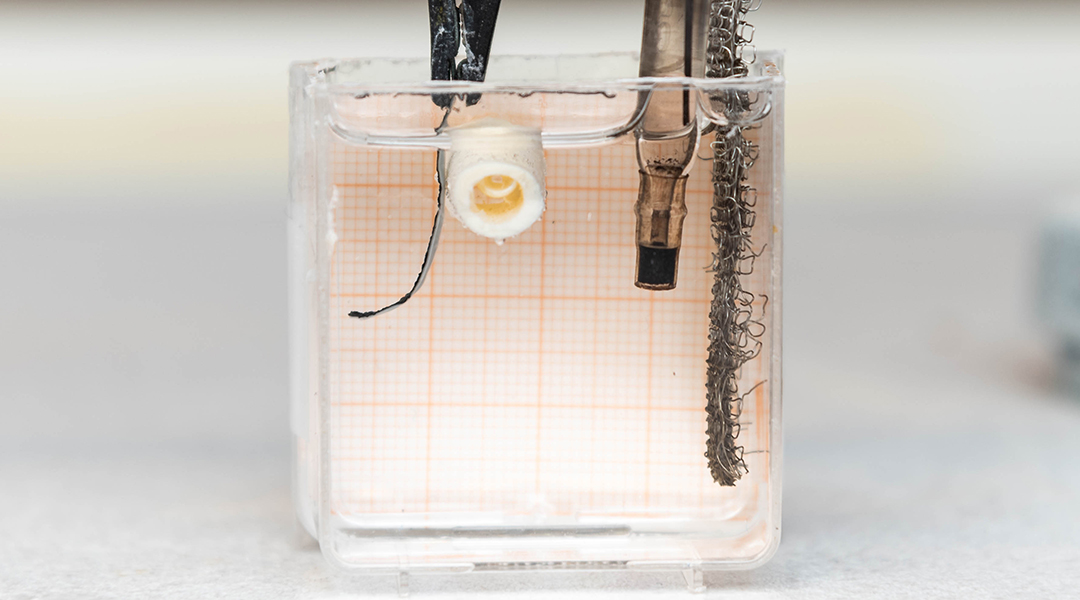
A new material gives way to simple microrobots that take advantage of mineralization processes in the body to help in bone repair.
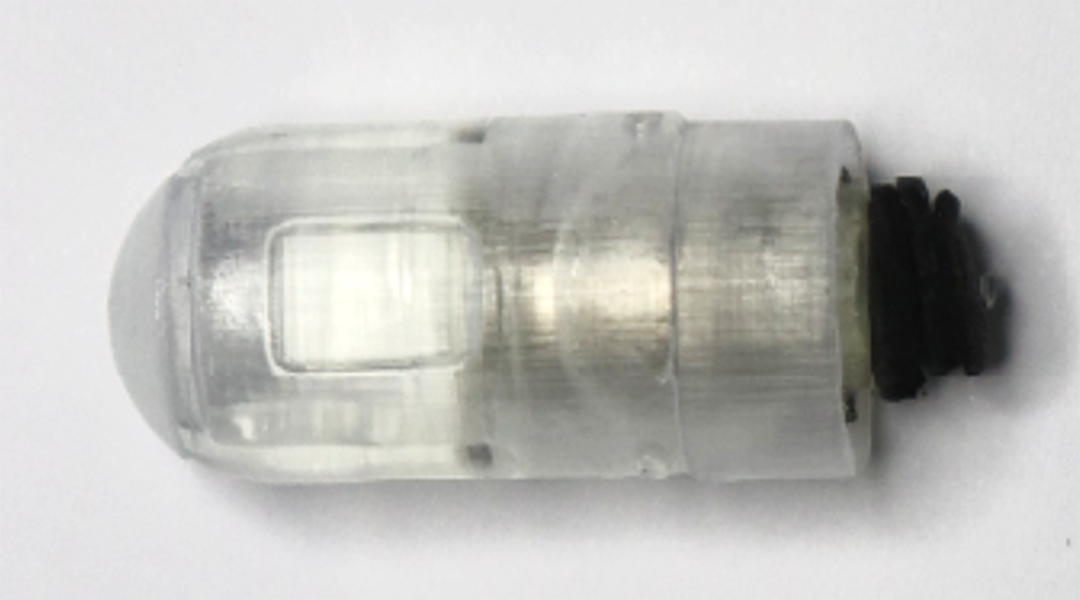
A magnetic, drug-delivering capsule precisely navigates the GI tract to heal gastrointestinal disease and injury.
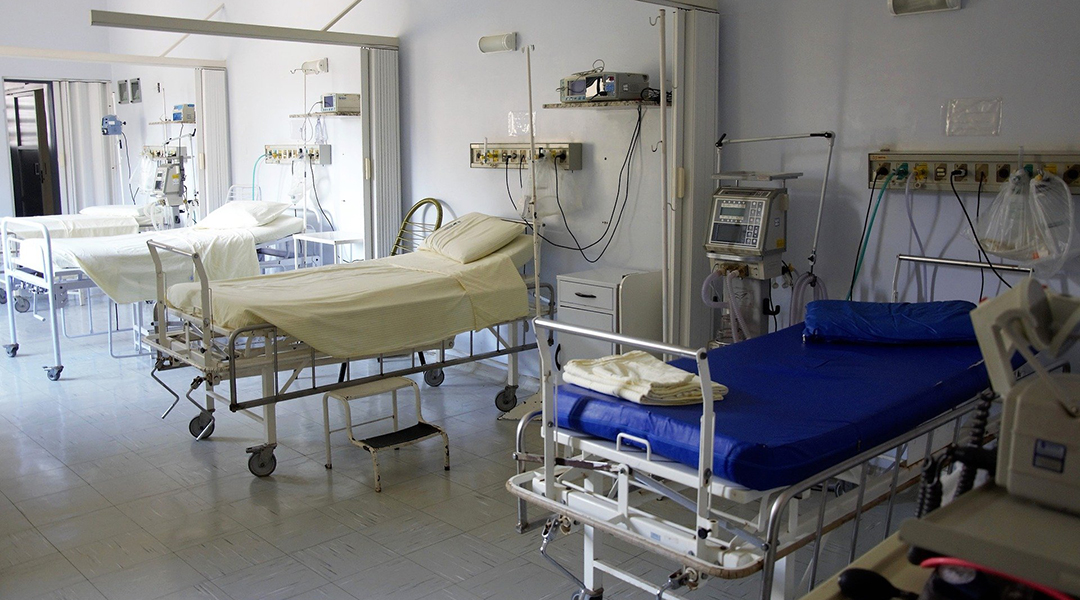
A non-invasive means of monitoring intra-abdominal pressure using a wireless radar system could save lives in the ICU.
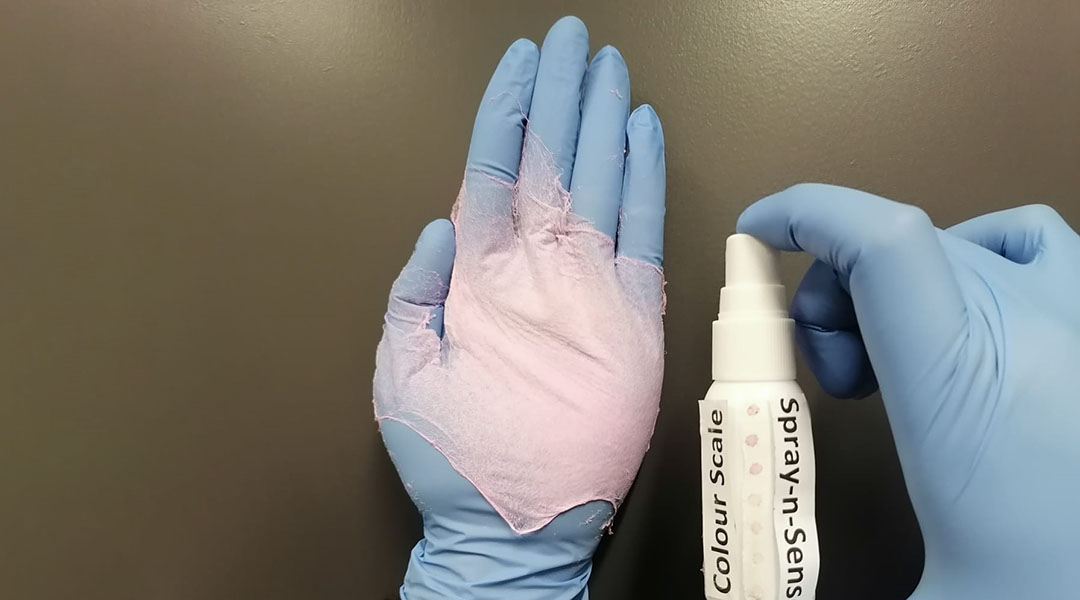
An innovative chemical sensor design could make environmental monitoring in the field more efficient and effective.

Through a happy accident, researchers have identified a new self-repairing electronic material that could make sci-fi dreams a reality.
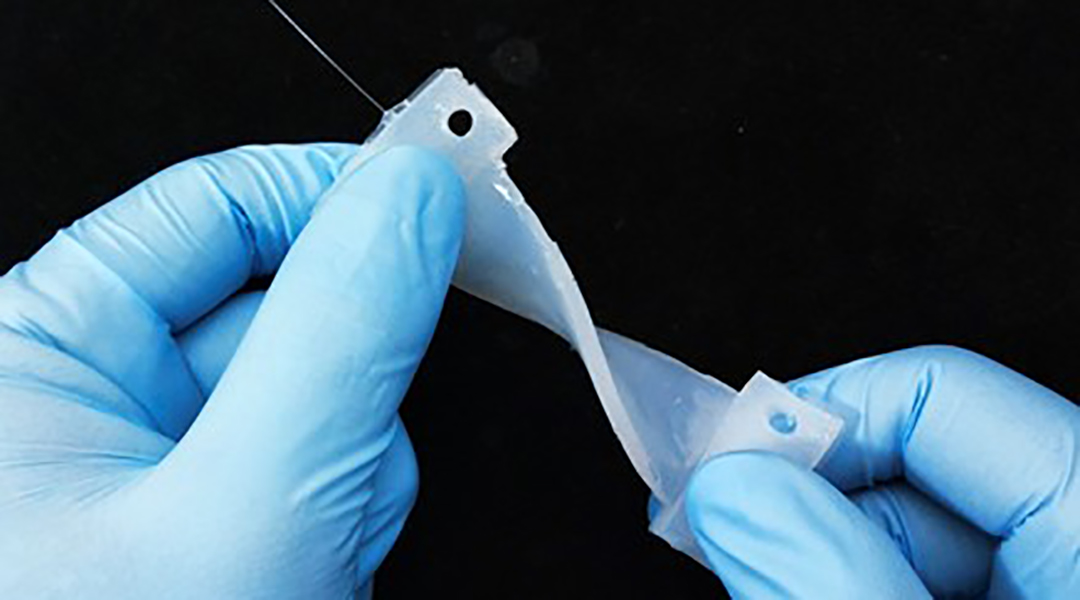
External strain can be detected by the wavelength and intensity of this sensor’s light signal for improved detection and resistance to interference.
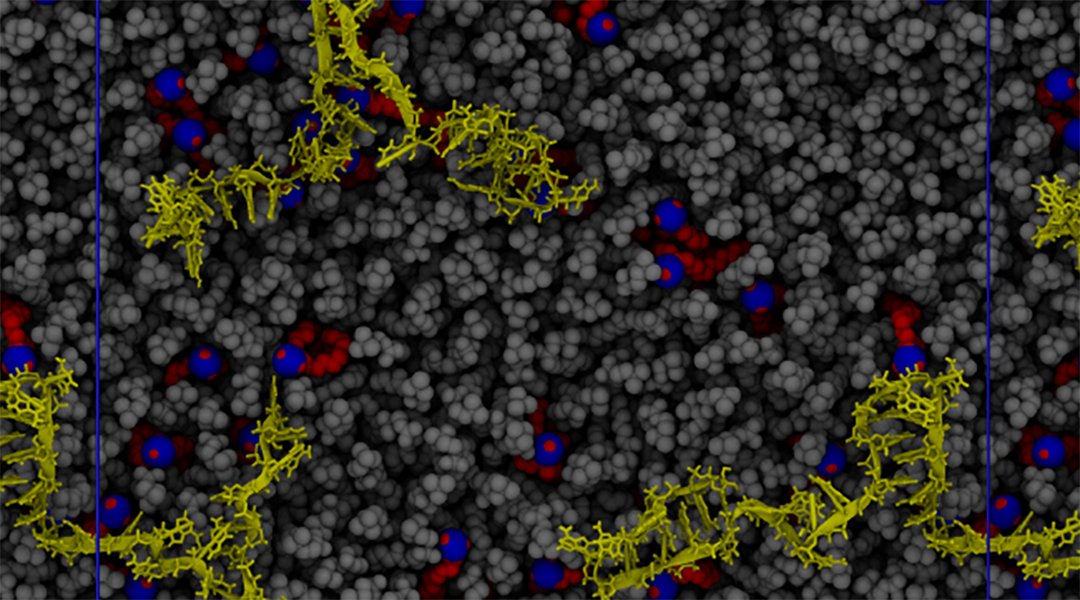
Molecular dynamics offer ways to improve lipid-based therapeutic delivery systems.
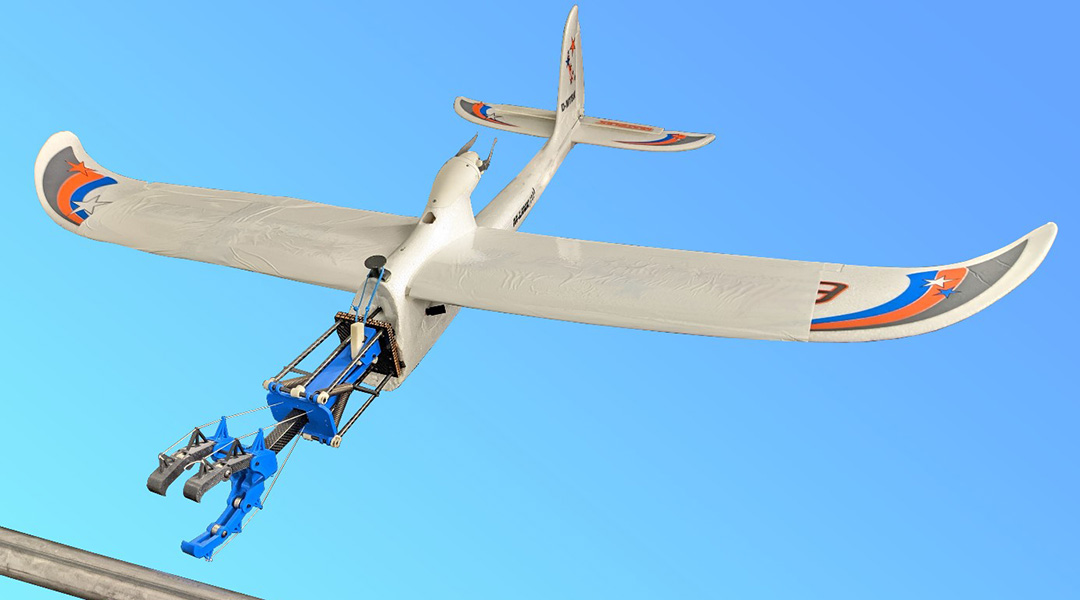
A simple crash landing allows drones to perch while minimizing the need for complicated control strategies that increase computational load.